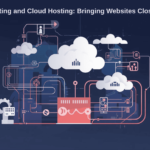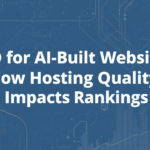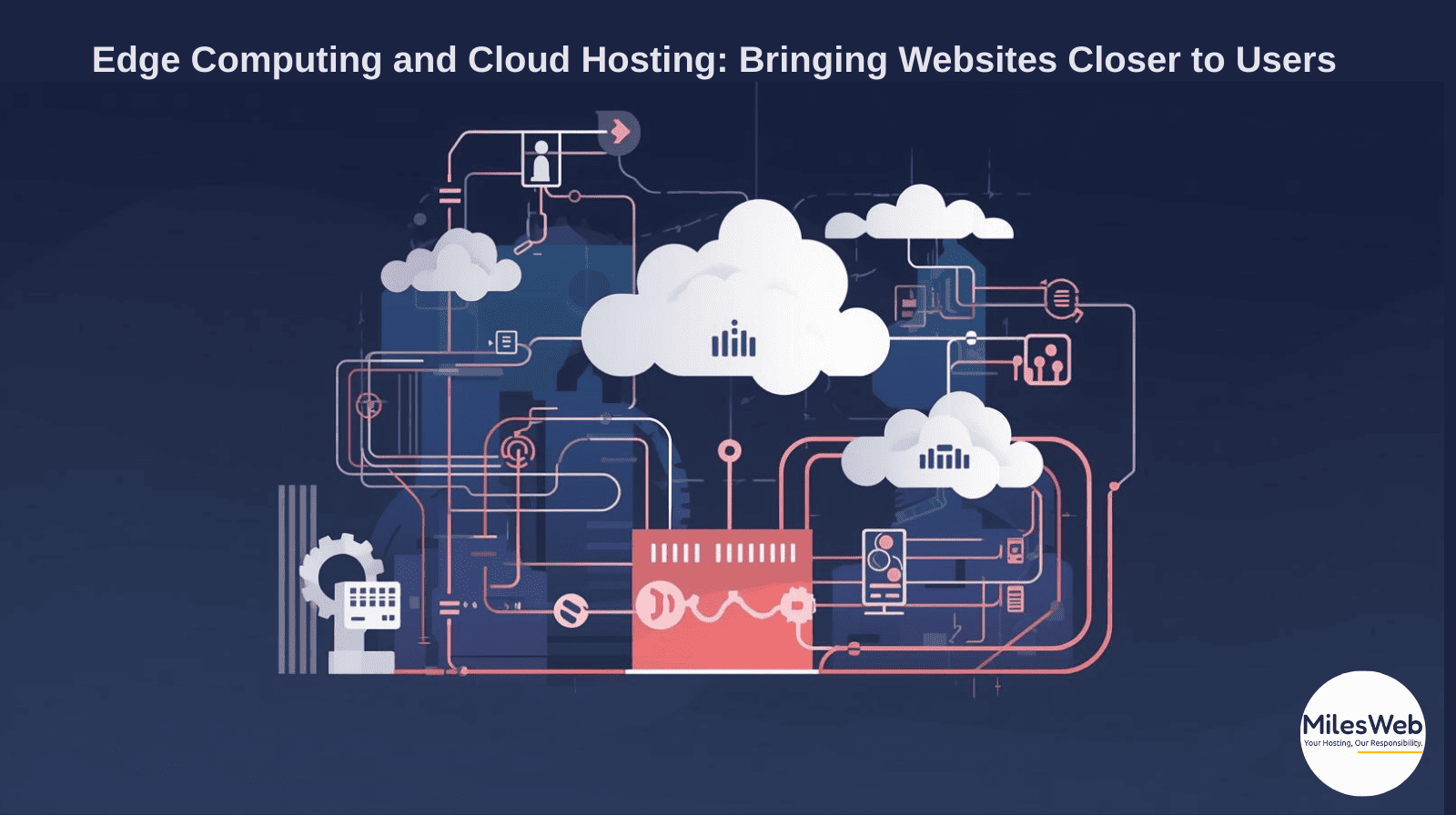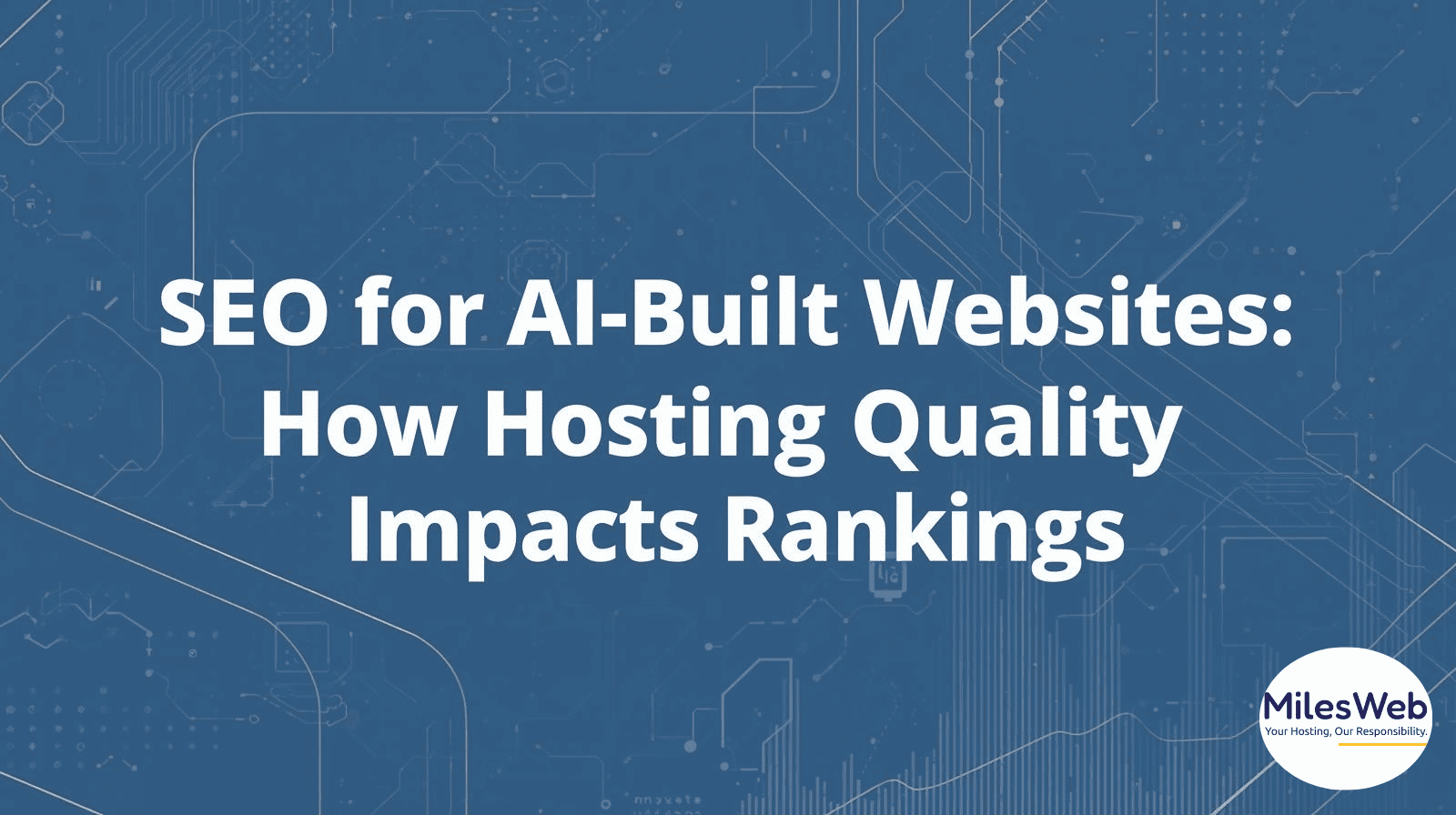To remain competitive, websites and applications must uphold swift functionality and top-tier performance. In this case, every second counts. Delays of only a few seconds can disrupt user experience during a page load, leading to a website’s loss of users, engagement, sales, and ultimately, its bottom-line brand perception. With these challenges in mind, shared cloud hosting and edge computing have been proven to work well together. They work together to take websites worldwide, as well as improve user response times and overall experience and usability.
In this blog, we will uncover the details and benefits of cloud servers for small businesses and how these solutions help you to achieve the best performance all the time.
What is Cloud Hosting?
It is a modern method of website hosting. It replaces a single dominant and physical server with a cluster of multiple interconnected servers. This shift in infrastructure provides the following:
- Performance (balancing the load across several servers),
- Scalability (resources increased and decreased as per requirement), and
- High uptime (some servers can always take over when one fails).
Recently, cloud hosting has revolutionized businesses of every scale due to lower costs and the ability to address user needs in diverse locations.
What is Edge Computing?
Edge computing is an extension of the cloud computing concept. It means bringing the processing power closer to the end user without completely relying on centralized data centers. Edge computing, like cloud computing, also deploys mini datacenters, servers, or caching nodes near “the edge” of the user’s network.
For instance, when a user in Mumbai wants to visit a site, edge servers nearby or in Mumbai will respond to the request, instead of routing the request all the way to a central data center.
Some of the benefits include:
- Lower latency—the distance the data has to travel is shorter, thus sending it faster.
- Faster content delivery—very useful in video streaming, gaming, and in applications where real-time data is required.
- Low bandwidth consumption—less data is transferred to and from the central servers to the users.
Why Edge Computing and Cloud Hosting Work Best Together
Despite the fact that cloud hosting has the fundamental backbone for durability, easy scaling, and storing of data, it is edge computing that makes certain the information is delivered to the end users without delay.
Here is a way that they both complement each other:
- Efficiency and Effectiveness
Websites use edge computing to check and pull information from content servers that are nearby. Having edge servers decreases the amount of distance to servers for the end users. Data travels a shorter distance to the end users and therefore loads faster. The user experience improves as the web pages load faster.
- Geographical Reach
Cloud servers have data centers across different regions. Edge servers go beyond this by also placing computing nodes at various tiers. Edge servers extend the network to periphery and congestion zones. Users all over the globe have access to the system and content is distributed efficiently even from remote locations.
- Scalability with Efficiency in Logistical Manner
With the growth of traffic, resources scale when using cloud hosting. With edge computing, local processing occurs to some extent, reducing the load on the central infrastructure.
- Improved Reliability
Cached content may even be delivered by edge servers in case of server crashes and network congestion. The back-end has rock-solid security provided by the cloud infrastructure.
Practical Usage Case Scenarios
- E-commerce Sites: Edge servers improve load times, product photos, and even the checkout process, which is essential to customer retention.
- Streaming Services: Platforms such as Netflix and YouTube utilize edge nodes so that individuals can stream without buffering.
- Gaming: Edge computing is utilized in enhancing multiplayer as it reduces latency in cloud gaming.
- Healthcare: There is real-time monitoring facilitated through quicker data transmission via Telemedicine.
- IoT Devices: Edge computing is employed by intelligent devices and sensors for quicker decision-making without complete reliance on distant data centers
The Business Benefits of Edge Computing and Cloud Hosting
- Enhanced User Satisfaction Experience
Users visit sites less frequently as the page loads. In the span of 4 seconds, the bounce rate increases to 100%, while the conversion rate goes lower. As the page takes more time to load, the value declines.
- SEO
Search engines like Google prefer sites that load faster. Edge cloud hosting can boost performance.
- Cost Savings
Less data transferred helps to reduce expenses related to cloud scaling.
- Spending Optimization
Sending less data results in lower cloud scalability, saving capital. Investments in hardware are avoided, and then spending is reduced.
- Improved Protection
A lot of edge solutions offer various types of built-in security, such as DDoS mitigation, as well as local data filtering.
How MilesWeb Thinks: Performance-Driven Hosting
MilesWeb is an example of an integrator that combines edge solutions like distributed databases with CDNs. Companies can provide websites with fast loading speeds to customers across the globe.
MilesWeb combines edge technologies such as distributed caching with CDNs (Content Delivery Networks). Companies can provide websites with fast loading speeds to customers across the globe.
With MilesWeb cloud hosting and edge integration, e-commerce stores, media platforms, and corporate websites can take their growth to the next level.
Edge and Cloud Hosting
Businesses will begin intertwining edge computing and cloud hosting to meet the growing demand for low-latency, high-speed digital experiences. With the adoption of 5G and the growth of AR, VR, and IoT, edge computing, along with cloud hosting, will continue to thrive.
The future of edge computation and cloud hosting holds:
- Global cities will possess computerized edge nodes to enable fast processing.
- Businesses will be able to purchase high-end services at relatively low prices.
- Workstreams will have improved responsiveness and reduced operating costs.
Conclusion
When every millisecond counts, edge cloud computing changes how users experience the functioning of applications and websites. With edge computing shortening the distance data needs to travel with the high scalability of cloud hosting, users automatically have an improved experience.
The benefits for the business are apparent, with quick, responsive sites yielding happier users, improved SEO, and growth opportunities. Hosting providers like MilesWeb focus on making sure your website is accessible to your users, and not just online.





